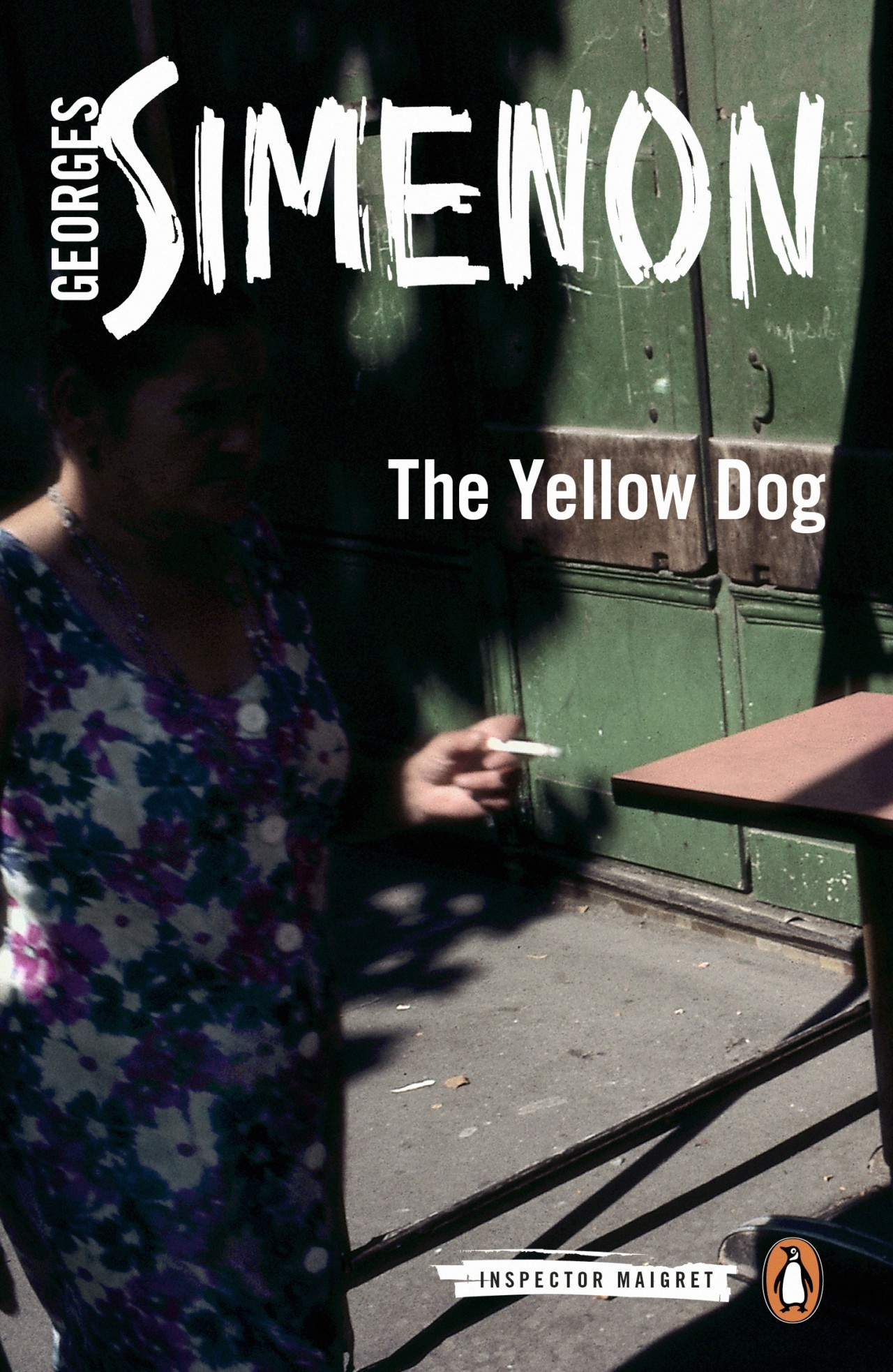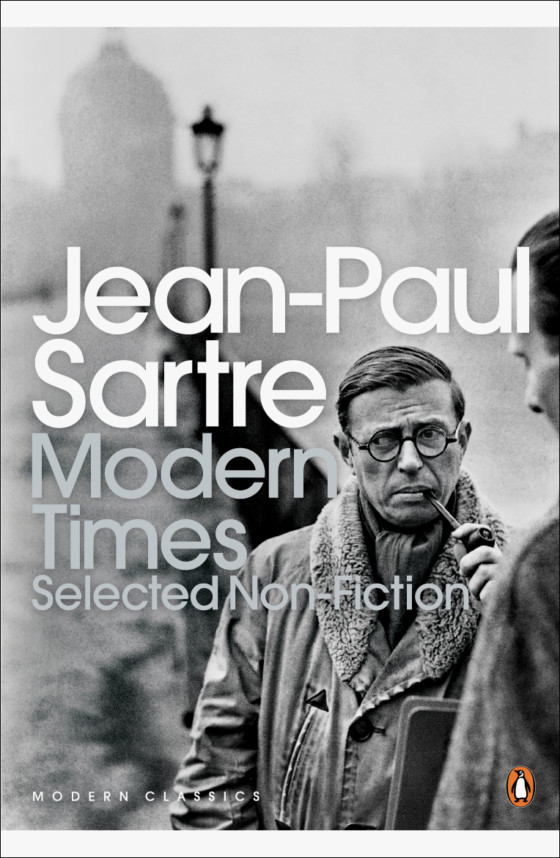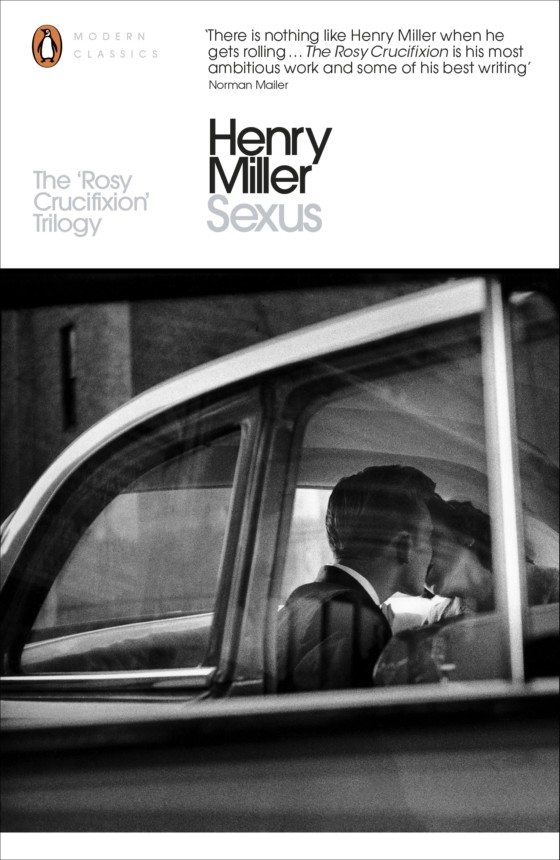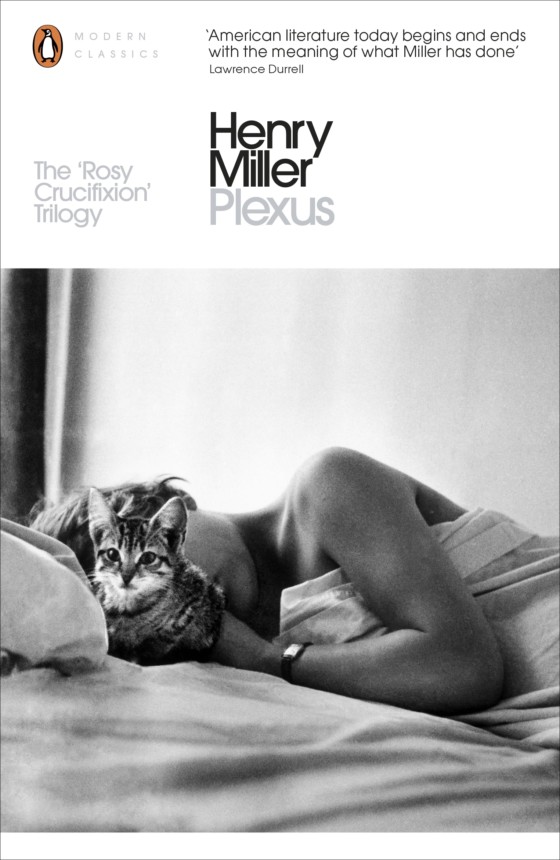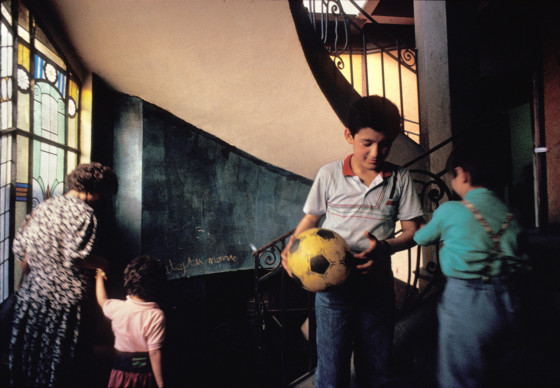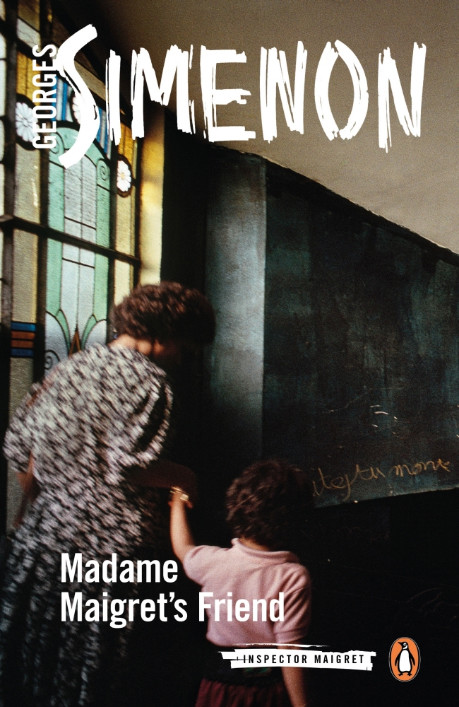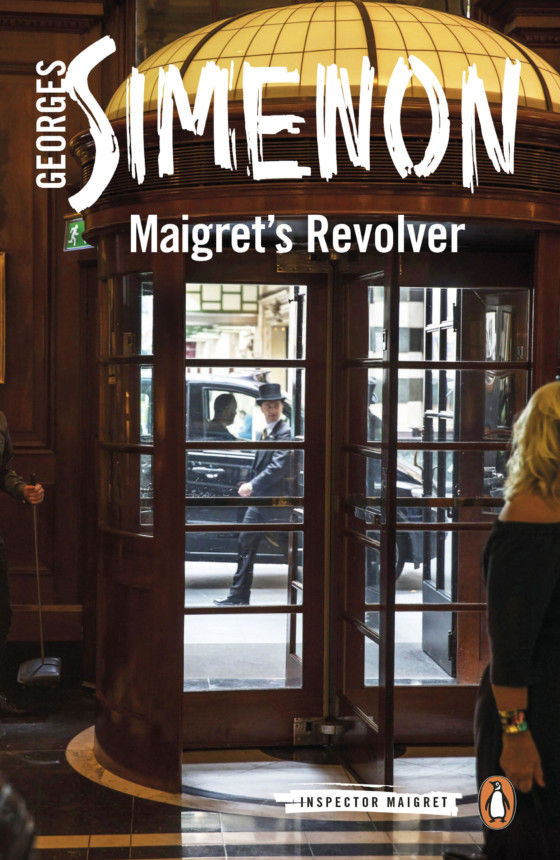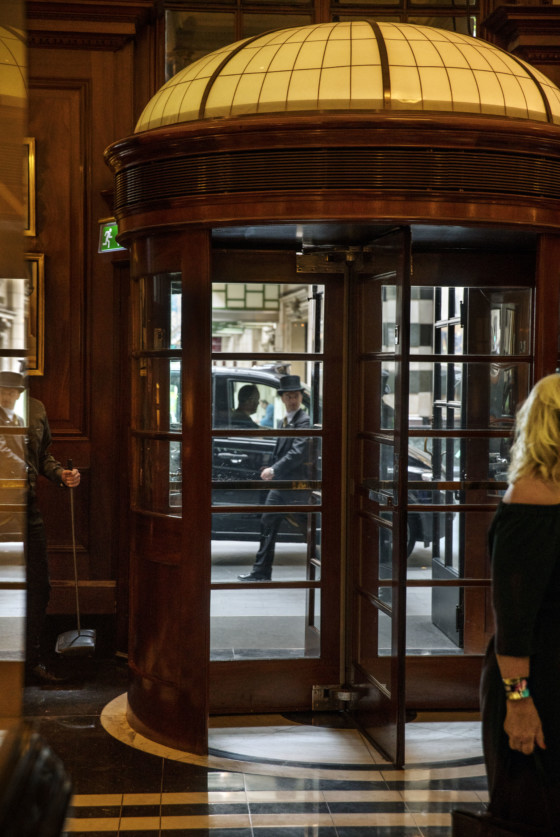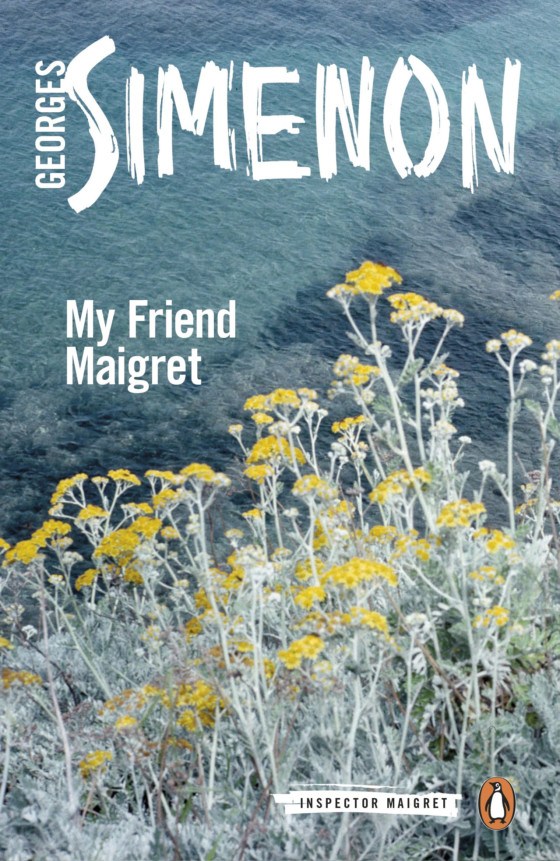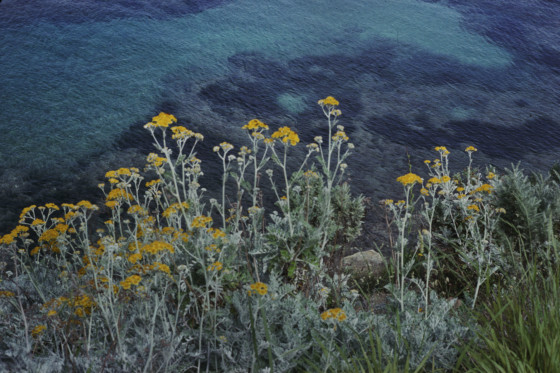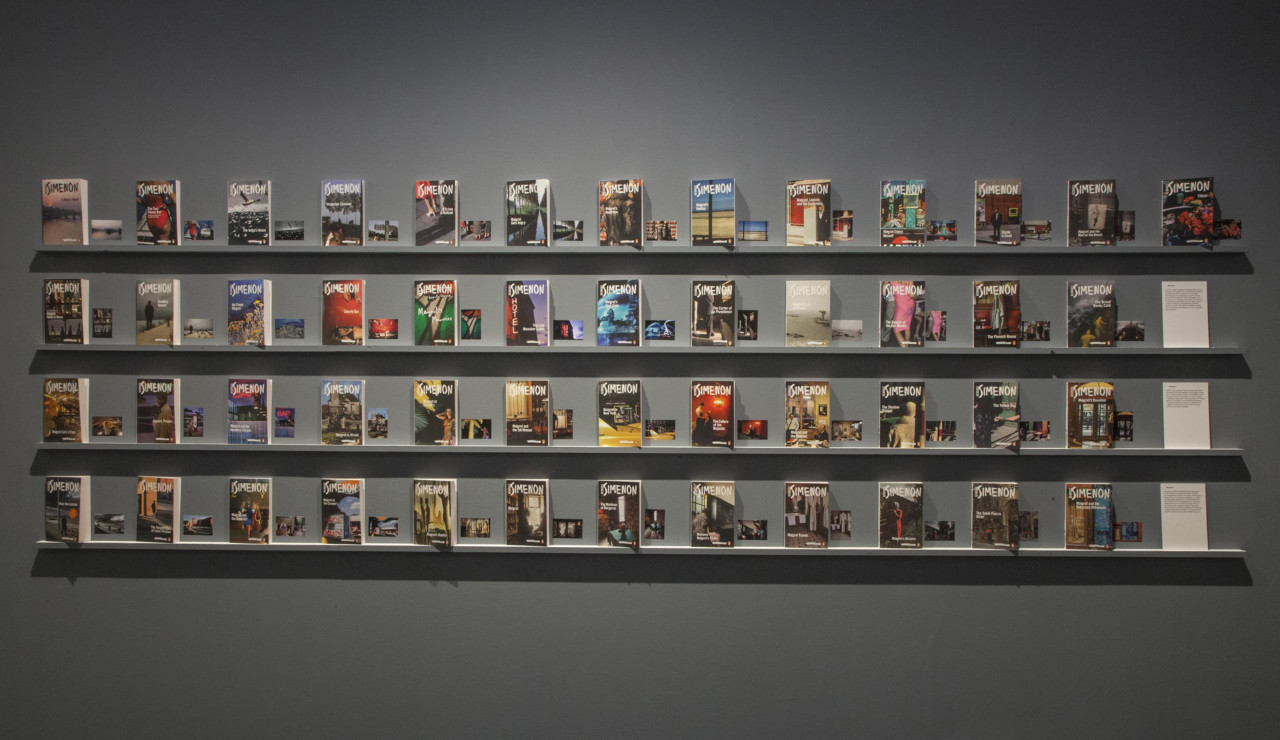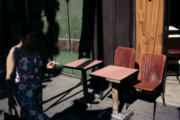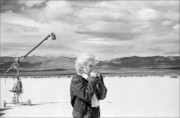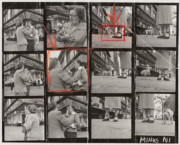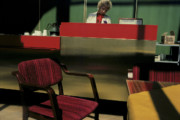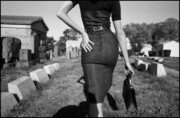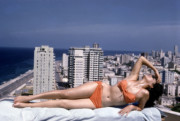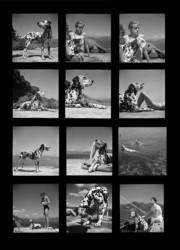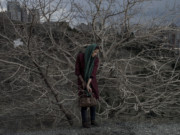Photography Insiders: Photo Editing and Book Design
Penguin Picture Editor Samantha Johnson discusses the inner-workings of the art department at the famous British publishing house
When Harry Gruyaert exhibited a series of his images used for the reissue of Georges Simenon’s classic Maigret paperbacks, published by Penguin Classics, at his FOMU retrospective in 2018 — he called to attention the book cover as artform. The Magnum photographer was implicitly aware of the shift in recent years that’s seen photographic cover design come to the fore.
The project follows in a long line of collaborations between the publishing house and Magnum photographers, but is the largest to date, with 75 titles in the series overall. Penguin, which sells around 700 million books each year, is known for the universal appeal of its cover art. While the brand’s early designs were drawn from the traditions of print, the rebuilding of the economy in the aftermath of Second World War brought about new practices, with photography becoming a major component in book design. Over time Magnum photographers’ images began to appear on canonical works of literature, evident in the covers of classics such as George Orwell’s Homage to Catalonia (2000), featuring Robert Capa’s portrait of a saluting soldier at the farewell ceremony for the International Brigades. As Alan Powers established in Front Cover: Great Book Jacket and Cover Design, “Magnum Photos through books and exhibitions has fed a fashion for period black and white photography.”
Samantha Johnson, Picture Editor at Penguin Press, who has been with the publishing house since 2004, was responsible fo researching the photographs for the new translations of the Inspector Maigret series, working exclusively with Gruyaert’s extensive archive. Here, Johnson talks about lessons learnt in the Penguin Press art department and discusses the cover as the nexus between image and text, and art and commerce.
When did you start working for Penguin, and what was your career trajectory?
Before the age of fifteen, I had never been to a gallery, so my interest in photography began with reading Sunday supplements, really. I became really interested in that ‘Picture Post’ era of published photography as a window into a whole different world. Then at university, I studied English, History and Art History. Later, I took an MA in Twentieth-Century History. I focussed on inter-war photography and photography as historical evidence.
I have been at Penguin for fifteen years now. Prior to that, I was the Picture Library manager at the Royal Photographic Society in Bath, that is where I became more involved in really looking at images instead of seeing things from a more commercial viewpoint.
How do you go about selecting the correct image for a cover photograph, and what’s the main thing that the image needs to relay?
The subject matter is the most obvious thing, but we try to not put characters on the cover as we don’t want to give too much of the plot away. You want to gently bring someone in to the story. The cover should always be an invitation to read the book itself and an indicator of the type of read it will be; it should encapsulate the spirit of the book. I often think about the feelings that arise when reading a book; and from the author’s viewpoint, how it felt to write it.
Penguin Books has a long-standing relationship with Magnum photographers. Over the years, Penguin has paired esteemed writers such as Evelyn Waugh with the work of photographer Burt Glinn, and Jack Kerouac and with Dennis Stock’s photography, for example. Which covers do you think have worked particularly well?
For me, Robert Capa’s portrait of a soldier taken during the Spanish Civil War, on the cover of Homage to Catalonia (2000) by George Orwell — that book cover [and photographer] will forever be paired. Recently we re-designed the covers of Henry Miller’s novels and the brief was to think about these novels by Miller not just as erotic fiction – which they are usually packaged as – but to look at the time and place element of the novels, in a way that we do for many of the Modern Classics. Thinking along these lines we used photographs by Elliot Erwitt on two of the covers, Sexus (2015) and Plexus (2015). These photographs convey the feeling of love and all-consuming passion but also bring us to the New York location of the novels.
The largest collaboration between Magnum Photos and Penguin to date has been pairing Gruyaert’s photographs with the new translations of Georges Simenon’s Inspector Maigret series. How did that collaboration come about?
The books were also being published in Brazil by a publisher called Companhia das Letras. The managing director happened to be having dinner with Peter Galassi, former chief curator of photography at MoMA, who suggested we use Harry Gruyaert for the Georges Simenon covers, as they both worked in Belgium and France.
We had used Harry Gruyaert in the past, so we knew the pairing was right. If the project hadn’t come around from this different approach, we might have used something more in keeping with the time as the first Inspector Maigret book is written in the 1930s, and the last in the late 1970s, and obviously, Gruyaert’s photography is much more contemporary than that. It wasn’t the obvious time and place match we do for many classics, but it was a really good match in terms of the ‘feel’ and aesthetic of the detective novels.
Simeon, as an author, was a creative force. He wrote so many books. The idea was to match him with a photographer who had developed a similar body-of-work, with a similar background, and a similar understanding of the environment. When you’ve read as many of Simeon’s books as I have, you become aware of the minor details he becomes obsessive about. It’s the observations; the small things. For example, what kind of day it is when things happen, what the weather was like… it’s that stopping and looking around you, and the memories that this triggers. The role of Inspector Maigret is to understand what kind of person commits a crime, and the kind of position they must have been in to have done it. I think that is what Gruyaert’s photographs do. It is an uncertainty: an outsider looking in and trying to understand, but sometimes failing to do so.
"That is what Gruyaert’s photographs do. It is an uncertainty: an outsider looking in and trying to understand"
- Samantha Johnson
I understand you worked quite closely with him on the project, and he was keen to dig through the archive with you. How closely do you work with photographers on a typical basis?
It was great as Gruyaert was so open. I would just rifle through photographs and say: ‘this one, this one’. He would reply, “What is it about that picture you like?” For example, [with the image selected for] My Friend Maigret (2016) he was puzzled, but when he saw [the outcome] he would say, “Okay. That’s good.” Or, I would explain why, and he would turn around and say, “well, I have something else to show you then.” He understood what I was looking for, rather than just the subject matter.
It isn’t something I get the chance to do often because there isn’t the time. However, this was such a long project, so this kind of collaboration has been really worthwhile. Harry is still taking photographs all around the world and sometime’s I’ll get an email with a couple of new pictures, asking if I think any might work for the Maigret series. For example, the cover for Maigret and the Tramp (2018) was an image taken on the Venice waterfront. Gruyaert was working on a Hermes advertising campaign at the time, and this image is from that time. There is a theme of water that runs through this novel, and this particular story is about a tramp that lives by the canalside. The photograph is altogether sunnier than the canal featuring in the book, but there is depth to the image. It’s interesting and intriguing.
Maigret’s Revolver is set mainly in London, and mainly in the bar and foyer of The Savoy Hotel, just next to our offices in the Strand. One time when Harry was in London I suggested to him that he have a beer in the hotel lobby and see what happened.
The photographer takes an image, and then the picture editor and art direction team essentially craft it into a new visual composition for a book cover. What kind of concerns do you have to think about?
If I’ve got a good match between the photographer and the book, then I don’t worry particularly. An example of this would be when I approached the painter Chantal Joffe for The Feminine Mystique (2010), by Betty Friedan. She is a painter that I admire greatly and when I contacted her I was a little nervous but it turned out that the book was really important to her. She was really happy for us to use the painting, she just wanted copies. I had thought it was going to be difficult, but it was an overwhelming yes as she was just the right person for the book. it turned out she had even painted a picture of Betty Friedan when she was younger. Although if a photographer or artist has an objection and prefers their work not to be used, I respect their reasons why.
Instagram must be interesting for you as there is so much photographic talent to be found?
Yes, I have actually found photographers on Instagram. Due to the historical nature of the publications I tend to work on, I usually seek out historical photographs. Although recently we used a photographer called Nico Perez on the cover of a book called Territory of Light (2019), by Yuko Tsushima. He was a great Instagram find!
At Harry Gruyaert’s retrospective at FOMU, he placed paperback covers on display as artworks. Do you think book covers are gaining attention as an art form?
In 2017, the Photographers’ Gallery held a Roger Mayne retrospective, and they displayed the many covers he shot for Pelican books in the 50s and 60s, which was interesting. I think the art of the matching them together is interesting. It’s not a simple thing, it is more curatorial. Harry Gruyaert’s retrospective was amazing because he brought the book covers to the fore. It will really be quite an achievement when we finish all 75 covers. So, yes, I agree I think book covers are an artform.




